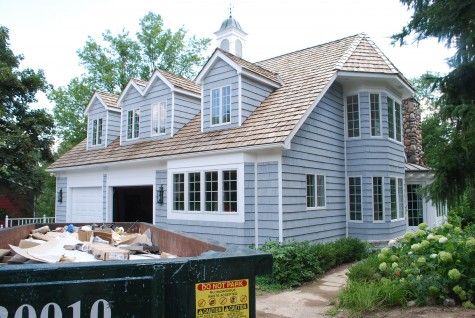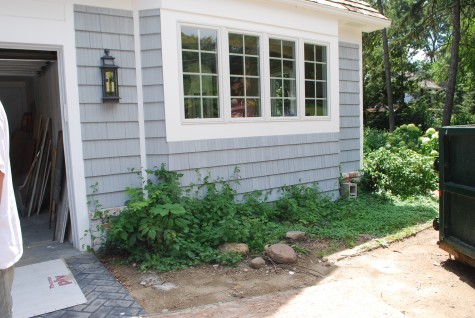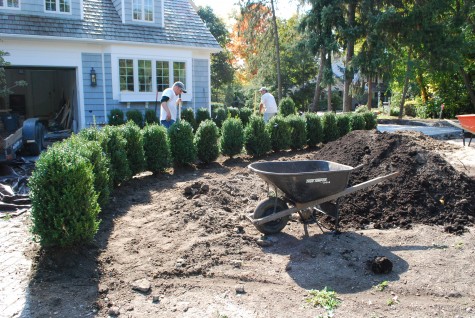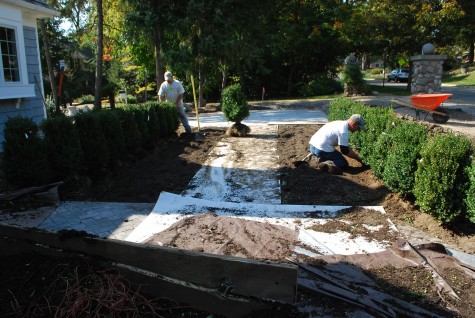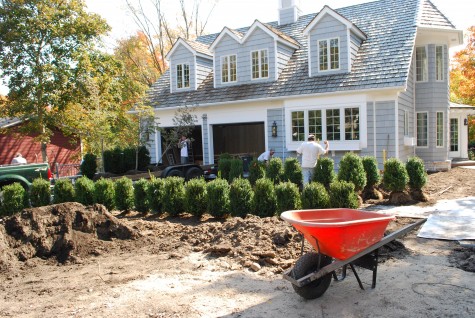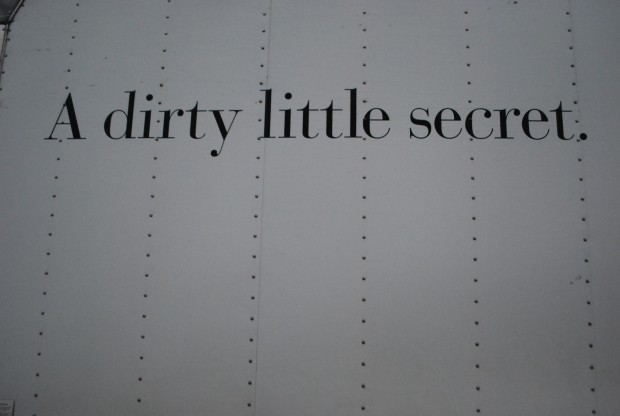 Many years ago I had the side of the Detroit Garden Works box truck identified by the phrase “dirty little secret”. We are a shop that specializes in ornament and fine plants for the garden. Our shop location is in an out of the way manufacturing district. Seventeen years later, we still routinely give out directions. As for the dirty part of the phrase-everything we have been, or hope to be, starts with the dirt. We specialize in great containers for the garden. Sculpture, furniture, trellises, ornament-our inventory is deep, and varied. We like 19th century French urns. We like fiber pots-made in America. But so basic and critical to growing a good garden involves the state of the dirt.
Many years ago I had the side of the Detroit Garden Works box truck identified by the phrase “dirty little secret”. We are a shop that specializes in ornament and fine plants for the garden. Our shop location is in an out of the way manufacturing district. Seventeen years later, we still routinely give out directions. As for the dirty part of the phrase-everything we have been, or hope to be, starts with the dirt. We specialize in great containers for the garden. Sculpture, furniture, trellises, ornament-our inventory is deep, and varied. We like 19th century French urns. We like fiber pots-made in America. But so basic and critical to growing a good garden involves the state of the dirt.
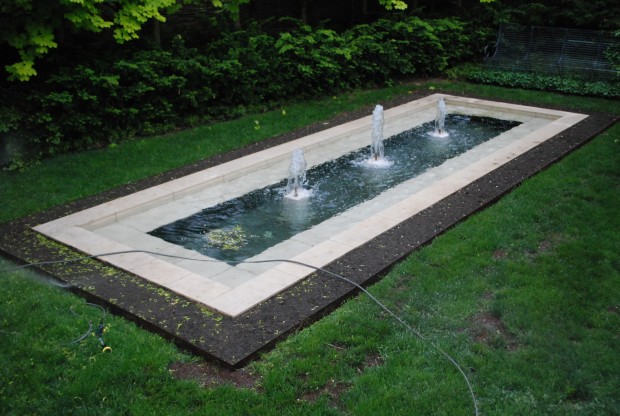 You can shop our place for sturdy white china and equally sturdy wine glasses- great for outdoor entertaining. Belgian candles that do not blow out on a breezy night. Framed herbaria from Italy. Rusty steel spheres and topiary forms. Oak and steel orangerie boxes. Stone cisterns and garden antiques from all over the world. But it could be that the most valuable thing we have available comes in a 40 pound bag-a custom mixed, compost based soil which can help your container gardens to thrive. Our soil was formulated by my landscape superintendent, Steve Bernard. The 16 years he spent in charge of all of the gardens and golf courses at Grand Hotel on Mackinac Island made him an expert on the topic of compost and soil. I lost all of my isotoma fluvialitis over the winter. I suspect because it is truly a zone 6 plant. While I am mulling over what to do now, Steve made sure he prepped the soil down 12 inches with his compost.
You can shop our place for sturdy white china and equally sturdy wine glasses- great for outdoor entertaining. Belgian candles that do not blow out on a breezy night. Framed herbaria from Italy. Rusty steel spheres and topiary forms. Oak and steel orangerie boxes. Stone cisterns and garden antiques from all over the world. But it could be that the most valuable thing we have available comes in a 40 pound bag-a custom mixed, compost based soil which can help your container gardens to thrive. Our soil was formulated by my landscape superintendent, Steve Bernard. The 16 years he spent in charge of all of the gardens and golf courses at Grand Hotel on Mackinac Island made him an expert on the topic of compost and soil. I lost all of my isotoma fluvialitis over the winter. I suspect because it is truly a zone 6 plant. While I am mulling over what to do now, Steve made sure he prepped the soil down 12 inches with his compost.
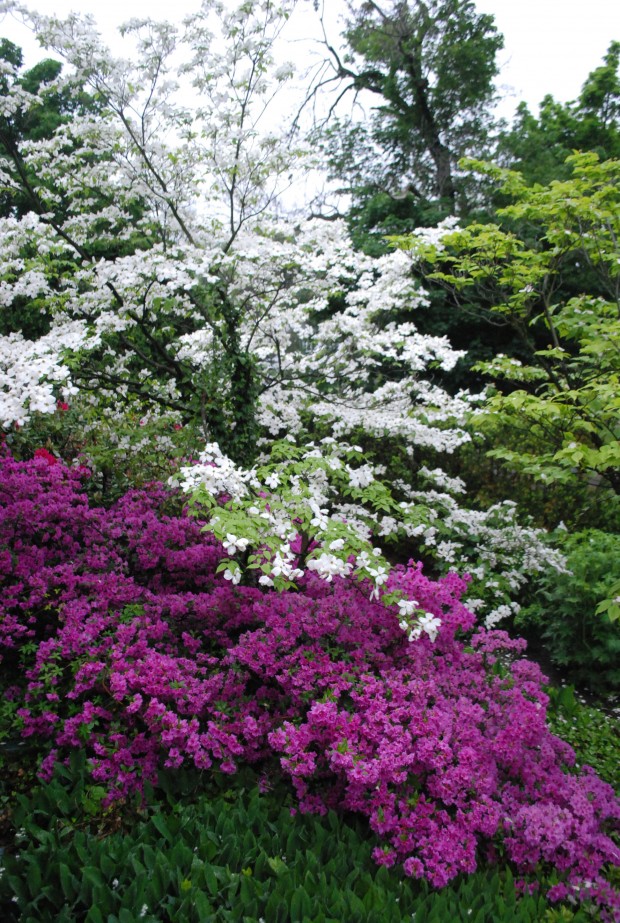 Though my neighborhood is noted for its poorly draining heavy clay soil, I inherited my property from two men who made it their mission to improve, and leaven the soil. It was obvious that the men who owned my house before me understood that good soil is essential to a healthy landscape. For a good many years after I moved, I did nothing in the garden besides topdressing the beds with a yearly 3″ thick layer of composted bark fines. The dogwoods and azaleas were in place the day I took possession-some 19 years ago. I do just about nothing to take care of them, aside from regular water. Every spring, they bloom profusely. Over the course of the summer, they grow. Though azaleas reputedly ask for acid soil, I am sure my soil is on the basic side. But I do know that the soil is friable, fast draining, and loaded with worms and other beneficial micro organisms, and the azaleas like it. The rare occasion that I have to dig, the soil is loose, friable, and dark. An garden empire can be built upon good soil.
Though my neighborhood is noted for its poorly draining heavy clay soil, I inherited my property from two men who made it their mission to improve, and leaven the soil. It was obvious that the men who owned my house before me understood that good soil is essential to a healthy landscape. For a good many years after I moved, I did nothing in the garden besides topdressing the beds with a yearly 3″ thick layer of composted bark fines. The dogwoods and azaleas were in place the day I took possession-some 19 years ago. I do just about nothing to take care of them, aside from regular water. Every spring, they bloom profusely. Over the course of the summer, they grow. Though azaleas reputedly ask for acid soil, I am sure my soil is on the basic side. But I do know that the soil is friable, fast draining, and loaded with worms and other beneficial micro organisms, and the azaleas like it. The rare occasion that I have to dig, the soil is loose, friable, and dark. An garden empire can be built upon good soil.
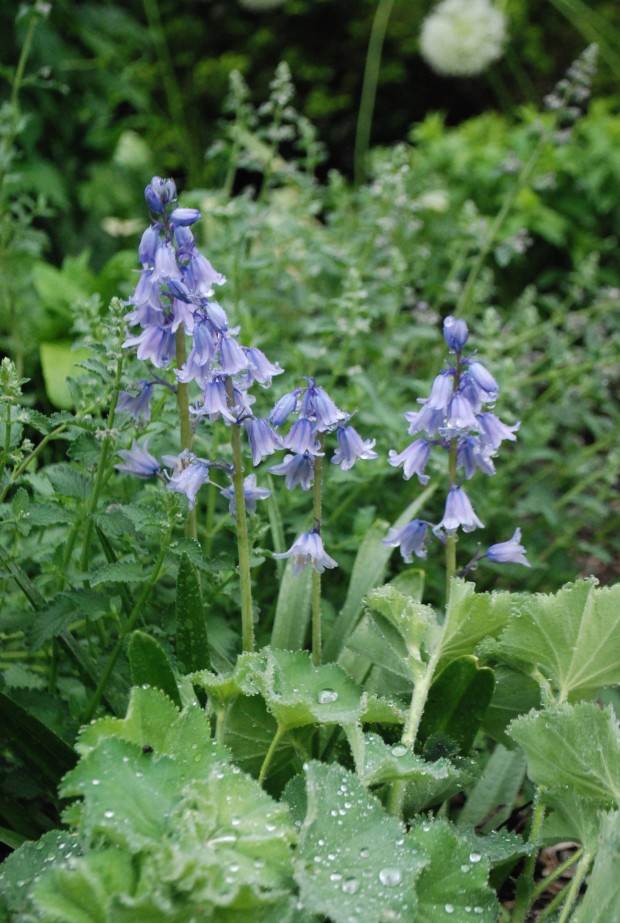 Plants will colonize where the soil favors robust growth. My small perennial garden at home has rich soil further down than a shovel will reach. It would not make grapes, nasturtiums or cosmos happy-it is too rich and water retentive. It would not make bog plants happy either. But it does provide a happy home for all the plants I have chosen to grow there.
Plants will colonize where the soil favors robust growth. My small perennial garden at home has rich soil further down than a shovel will reach. It would not make grapes, nasturtiums or cosmos happy-it is too rich and water retentive. It would not make bog plants happy either. But it does provide a happy home for all the plants I have chosen to grow there.
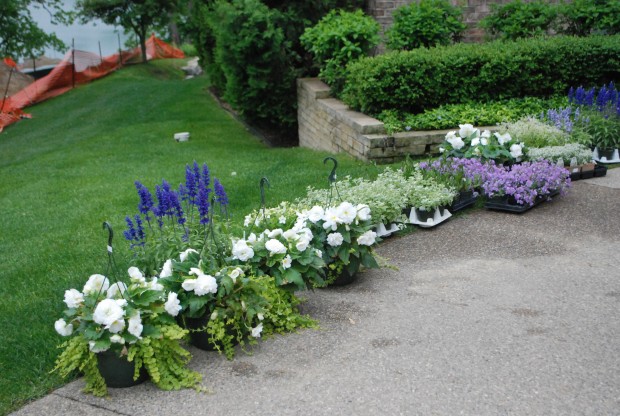 The soil we put in containers is topsoil mixed with sand and compost. I do not recommend soilless mixes for containers. While they are lightweight, and a giant bag is easy to carry to the car, the peat base gets rock hard when it dries out. It has no nutrient value per se. Plants in soilless mixes have to be fertilized regularly. I favor a good quality compost enriched real soil for my containers. Soil retains moisture longer. Real soil has micro nutrients and organisms that are beneficial to plants. Good soil is a complex living environment that promotes healthy growth.
The soil we put in containers is topsoil mixed with sand and compost. I do not recommend soilless mixes for containers. While they are lightweight, and a giant bag is easy to carry to the car, the peat base gets rock hard when it dries out. It has no nutrient value per se. Plants in soilless mixes have to be fertilized regularly. I favor a good quality compost enriched real soil for my containers. Soil retains moisture longer. Real soil has micro nutrients and organisms that are beneficial to plants. Good soil is a complex living environment that promotes healthy growth.
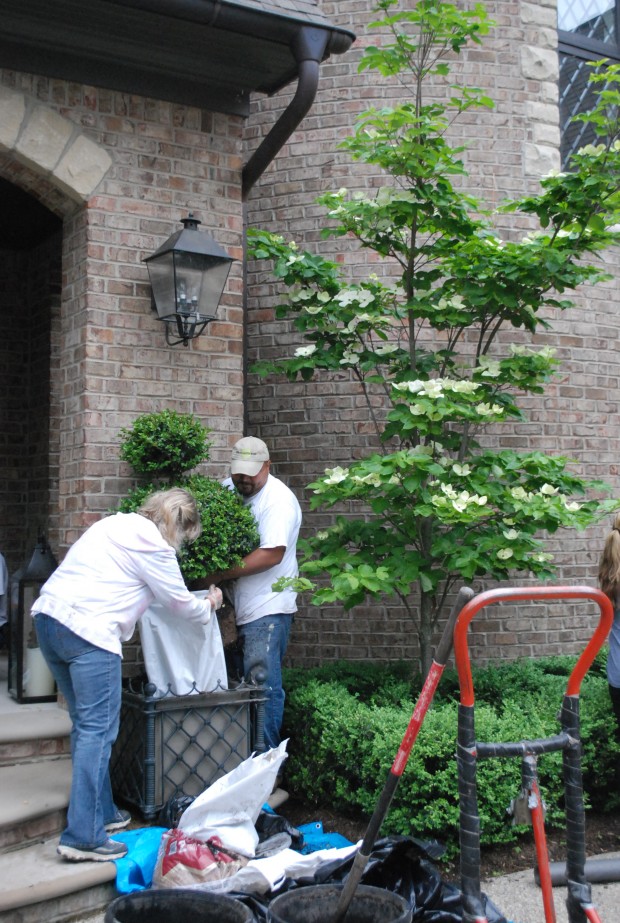 Container plantings perform better in good soil with high fertility. I change the soil out in my containers every year. The old soil goes to one of our several compost piles-for revitalization. All of our soil gets recycled, but we do not reuse until it has had a year or two to lie fallow, and be mixed in with new compost.
Container plantings perform better in good soil with high fertility. I change the soil out in my containers every year. The old soil goes to one of our several compost piles-for revitalization. All of our soil gets recycled, but we do not reuse until it has had a year or two to lie fallow, and be mixed in with new compost.
 Whenever I see a garden in my area where that plants are a rich shade of green, and the growth generous, I know there is good soil for growing. In perennial beds, the soil cannot be changed out every year. So a topdressing of compost, or ground bark fines adds back to the soil what the plants have used.
Whenever I see a garden in my area where that plants are a rich shade of green, and the growth generous, I know there is good soil for growing. In perennial beds, the soil cannot be changed out every year. So a topdressing of compost, or ground bark fines adds back to the soil what the plants have used.
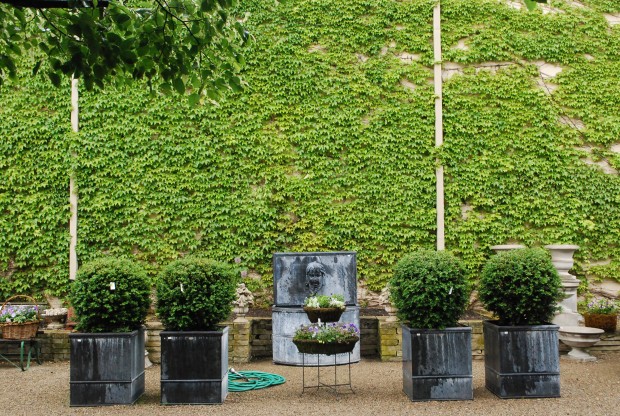 The walls of the neighboring building at the shop is completely covered with Boston ivy. 7 individual plants now cover 3000 square feet of wall space. Did we prep that soil before we planted-oh yes. A few shovels full of compost in the fall, and liberal watering is all we do to keep the plants happy and healthy.
The walls of the neighboring building at the shop is completely covered with Boston ivy. 7 individual plants now cover 3000 square feet of wall space. Did we prep that soil before we planted-oh yes. A few shovels full of compost in the fall, and liberal watering is all we do to keep the plants happy and healthy.
